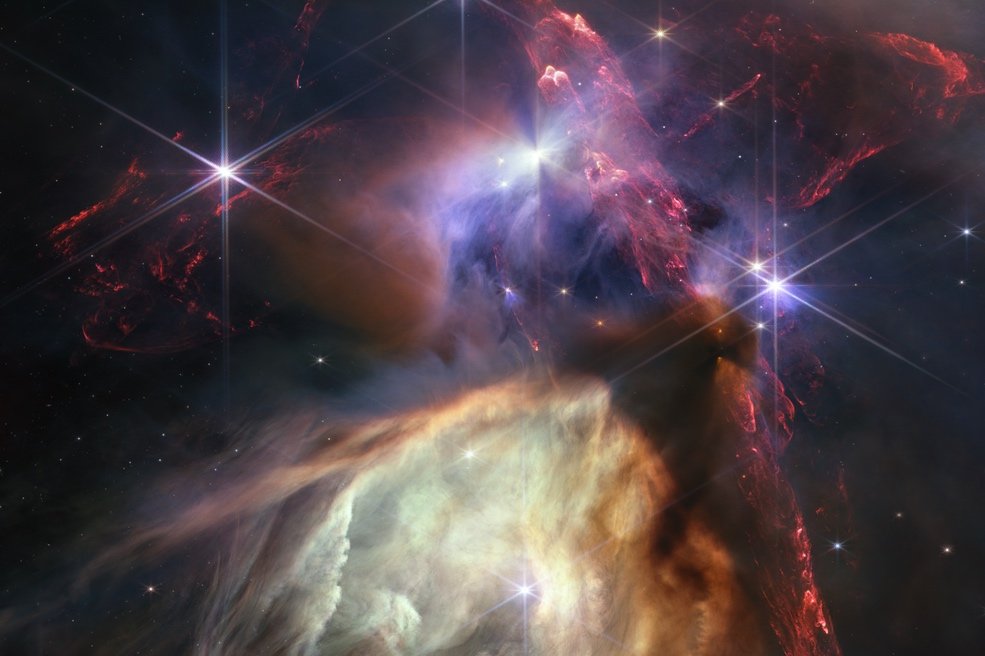What the Webb Will Show Us Next
For The New Yorker, I interviewed the astrophysicist Dr. Jane Rigby, senior project scientist of the James Webb Space Telescope. Here is a snippet:
What gaps in science do the J.W.S.T.’s unique capabilities fill?
J.W.S.T. works in the infrared. It was designed to see the light from the universe that is totally invisible to Hubble, which sees primarily in the optical and ultraviolet. About the “bluest” light that J.W.S.T. can see is the shade of red wine, and then it goes redder from there.
Because of the big bang, space is expanding—not just stuff in space but the fabric of space itself. And the light that we see from distant objects has actually been stretched by the expansion of the universe as well. That causes light from those distant objects to get stretched to longer wavelengths. It gets shifted to the red, to lower energies.
It’s just really cool that we can see almost to the end of the universe, right? We can do that because that light only travels so fast: the speed of light. We are studying galaxies whose light has been travelling for more than thirteen billion years. The universe is only about 13.8 billion years old! Those are the baby pictures of literally everything, and, in particular, of the baby galaxies that would have turned into mature galaxies like our Milky Way.
You can read the rest here.
Image credit: NASA, ESA, CSA, STScI, Klaus Pontoppidan (STScI)
